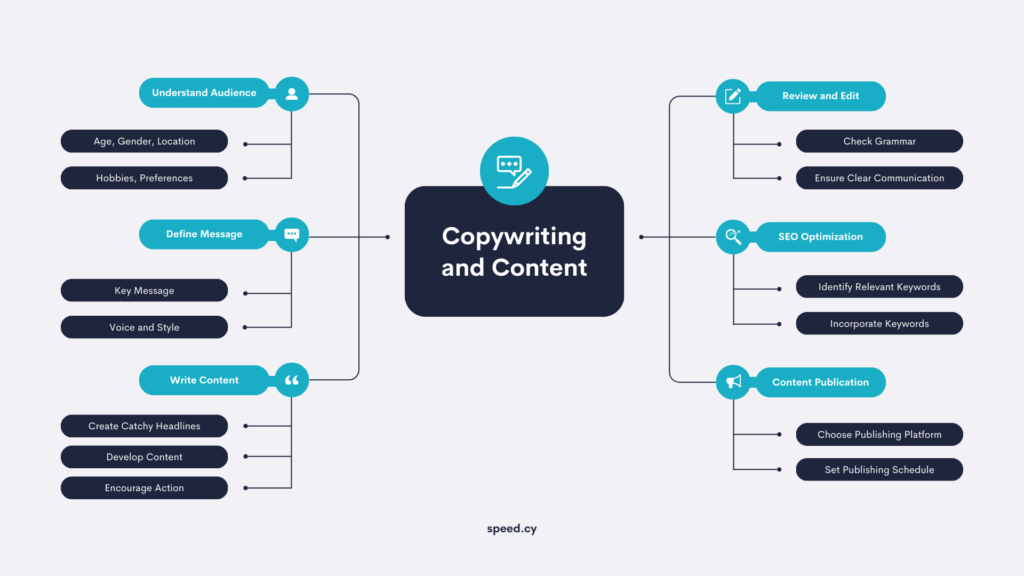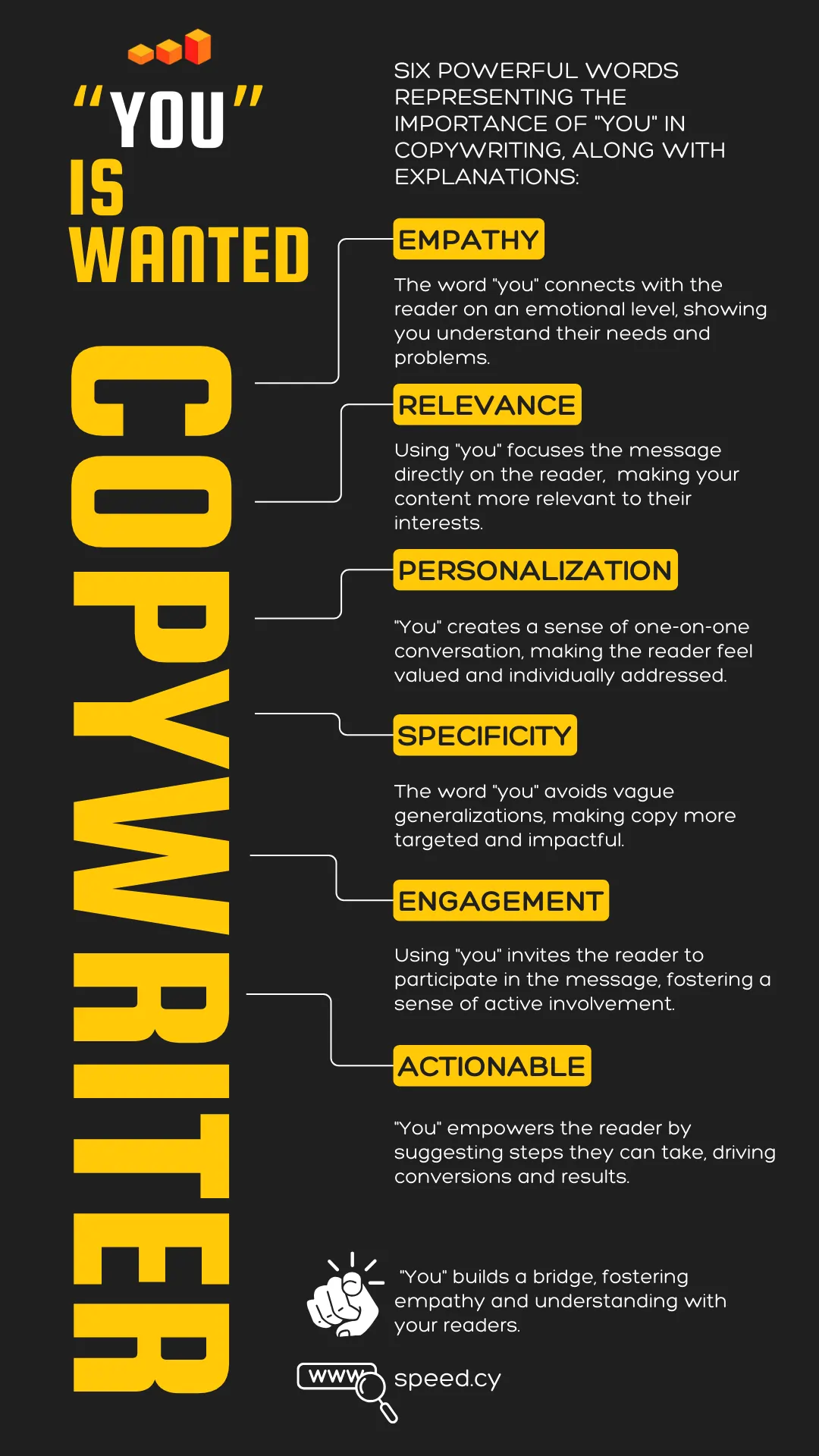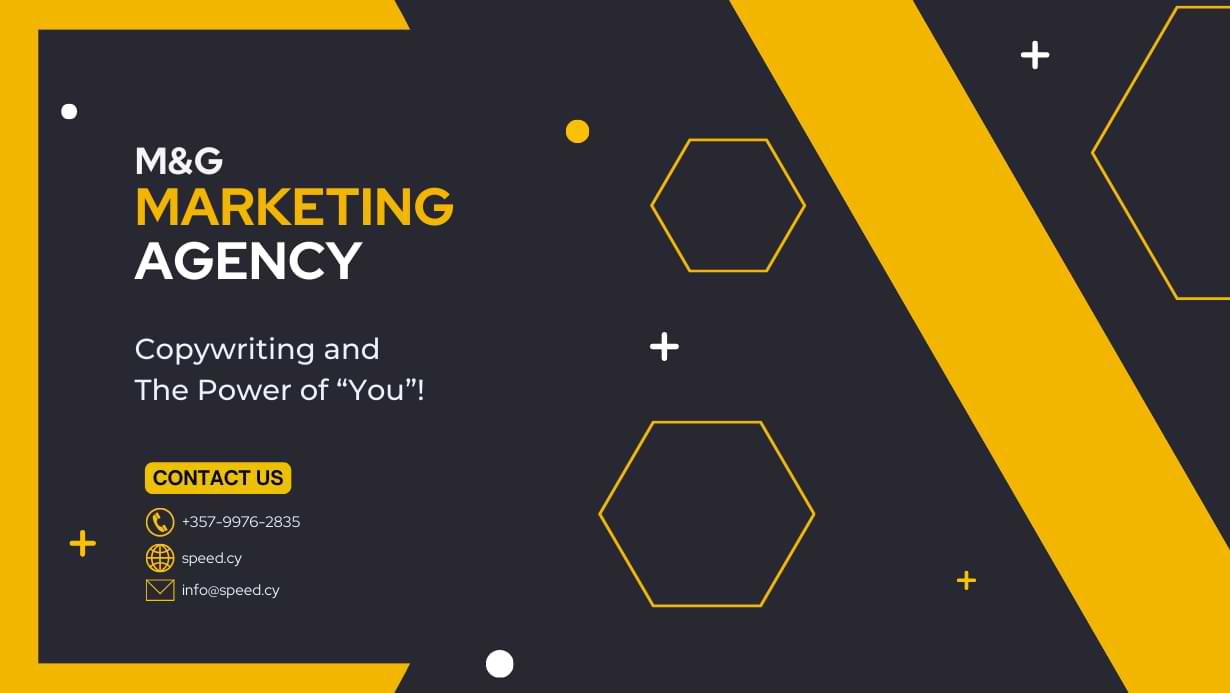How to Create Ultra-Compelling Content Focused on Your Audience
In the world of marketing, it’s easy to get caught up in talking about your own brand. But here’s an important truth: brands don’t make sales, people do. To create copy that truly resonates with your audience, you need to make it all about “you”—your reader.
Speaking directly to your readers in a “you”-oriented way is one of the most impactful copywriting techniques you can implement. This comprehensive guide will teach you why second-person copy resonates so powerfully, actionable tips to seamlessly incorporate “you”-focused language into your writing, and common pitfalls to avoid.
Read on to dramatically boost engagement, conversions, and customer loyalty.
Why Reader-Centric “You” Copywriting is Essential
Brands don’t make sales, people do. Forging personal connections with your readers and focusing on their needs is key.
Your Audience Only Cares About Relevance
Readers care first and foremost about their own problems and goals. Satisfy this self-interest by ensuring your copy highlights benefits tailored specifically to them.
For example, rather than:
Our software improves workflow for companies.
👉 Try:
You’ll get more done in less time with our software.
Forge an Intimate Connection with “You”
Addressing your audience directly with second-person copy shortens the psychological distance between reader and writer. “You” statements invite them into a one-on-one conversation versus a detached advertisement.
For example: 👇
Have trouble staying productive and motivated? Our online courses will help you create lasting habits.
Features Tell, Benefits Sell
Readers aren’t interested in hearing a laundry list of features about your offering. They care about WIIFM – What’s In It For Me? Spotlight how your product or service positively impacts their lives.
For example: 👇
Our gym has state-of-the-art equipment.
You’ll have access to high-tech equipment that makes training efficient and effective.
Optimize Your Copy for the Reader Experience

Employ these powerful best practices to keep the focus on your audience every step of the way:
Lead with Relevant Questions
Imagine the types of questions your target readers might have about the problem you’re solving or product you’re marketing. Then, pose those questions in your copywriting before answering them in a helpful, straightforward way.
For example: 👇
Frustrated with high electricity bills? Are you looking for ways to reduce your energy usage without sacrificing comfort? EcoSmart Home can help. Our …
This technique makes readers feel like you’re anticipating their needs and engaging them in a natural back-and-forth conversation.
Use “You” and “Your” Frequently
Weave second-person language like “you” and “your” throughout your copywriting whenever possible. Sentences like “This feature will help boost your conversions” and “You’ll access your account on any device” are immediately more personal.
Avoid overusing “we” and “our” when describing what your brand does. Readers care more about how your offering affects them versus what your company is up to.
Focus on Concrete Benefits
Don’t just describe what your offering does—spotlight the tangible benefits readers will gain from using it. How will it make their lives specifically better?
- Save 10+ hours each week on administrative tasks
- Reduce monthly expenses by 15% or more
- Enjoy peace of mind knowing your data is secure
Match the benefits to the end goals your target audience has. The more relevance you can create to their needs, the better.
Balance “You” Statements Strategically
While “you” oriented copywriting is powerful, too much second-person language can sound salesy or overly promotional. Combine your “you” statements with supporting details like stats, expert opinions, client testimonials, and explanatory information about how your product works.
For example: 👇
Our groundbreaking report, “The Future of Healthcare” (you) gives critical insights into upcoming challenges and opportunities in the healthcare industry. You’ll discover emerging technologies that reduce costs and risks. According to healthcare researcher Melinda Davis, “Telemedicine adoption is projected to rise by 64% in the next 5 years.” With our tips, you can position your hospital ahead of future trends. More than 100 healthcare executives (you) have used our research to transform their organizations.
This format prevents “you” overload while making the copy ultra-scannable and consumable for readers.
Carefully Make Claims About Results
While you should highlight the meaningful benefits your product delivers, take care not to exaggerate claims in an over-the-top way. Avoid unbelievable promises that could damage your brand’s credibility in pursuit of a hard sell. Underpromise and overdeliver.
For example: 👇
Our time management system will help you reclaim hours lost to inefficiency each week. Get more done in your day without the stress of missed deadlines.
Our revolutionary pill melts away 15 pounds in 2 days guaranteed!
The first example focuses on credible benefits – extra time and reduced stress. The second makes exaggerated claims that readers will doubt.
Level Up Your Copywriting with the Power of “You”
Now you have a blueprint for writing highly user-centric copywriting that activates psychological triggers:
- Make your readers the hero protagonist – tailor everything to their wants and needs.
- Speak to them directly with “you” and “your” to foster intimacy. But avoid overusing it.
- Outline concrete benefits like time savings, convenience, reduced costs.
- Blend benefits with context like expert data, testimonials, explanatory details.
- Make reasonable, believable claims readers can trust. Underpromise and overdeliver.
These principles prove that reader-focused copywriting isn’t just effective – it’s essential in our crowded marketplace. When audiences feel spoken to individually, you make a powerful emotional connection on a subconscious level.
Implement these tactics in your next Facebook ad, landing page, email campaign, blog post, or product description. Keep the focus relentlessly on your reader every step of the way. In return, they’ll reward you with their engagement, loyalty, and business.
The next time you sit down to write compelling copy, remember the persuasive power of “you!” Now get out there, make your audience the hero, and start converting more customers.

Copywriting Frequently Asked Questions
Q: Why is “you” oriented copywriting more effective than focusing on my brand?
A: People are inherently self-interested. Copywriting focused on readers benefits appeals directly to that instinct, while brand-focused copy can come off as purely promotional. Using “you” language also forges a personal connection between the reader and your company.
Q: How can I speak directly to my audience without sounding overly salesy or pushy?
A: Avoid aggressive calls to action or exaggerating claims about your offering. Use inclusive language that doesn’t presume too much about the reader. Break up long streams of “you” statements with facts, stats and supporting details so it doesn’t sound like constant sales speak.
Q: What are some copywriting examples of focusing on benefits vs. features?
👎Bad: Our software has drag-and-drop functionality.
👍Good: You can create a website in minutes, even if you don’t know coding.
👎Bad: Our gym has state-of-the-art equipment.
👍Good: You’ll have access to high-tech equipment that makes training efficient and effective.
Q: How do I avoid making incorrect assumptions about my readers?
A: Use inclusive language like “As a busy professional…” instead of “As an accountant…” Avoid gendered terms, mentions of age ranges, interests, backgrounds, etc. Keep “you” statements broad enough to apply to your entire audience.
Q: What’s the ideal balance between “you” statements and other explanatory copywriting?
A: There’s no single perfect ratio—you’ll need to test different mixtures. A good starting point is 2-4 “you” sentences for every 1-2 sentences of background, stats, expert opinions, etc. Monitor engagement and conversions to find the best balance.
👍Complementary reading: 5 behavioral strategies to make your content more engaging





